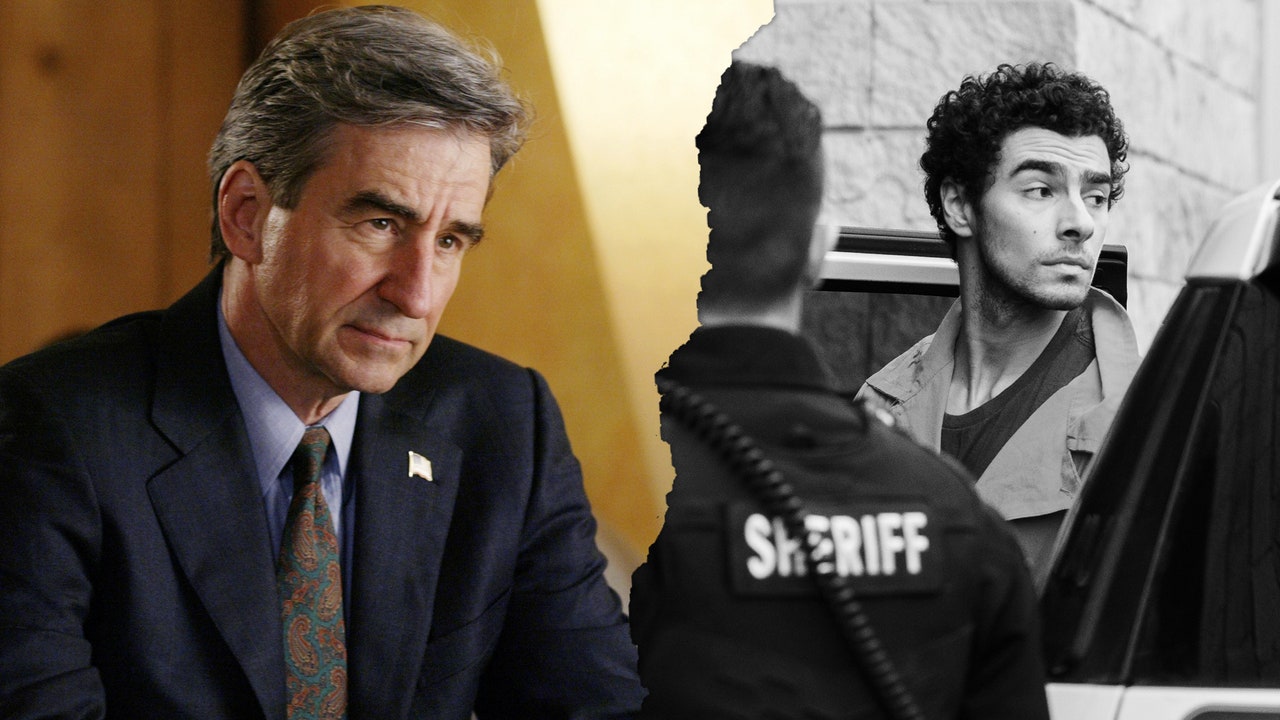When Wendy Battles first heard that UnitedHealthcare CEO Brian Thompson had been killed in broad daylight on a New York street, her thoughts quickly
When Wendy Battles first heard that UnitedHealthcare CEO Brian Thompson had been killed in broad daylight on a New York street, her thoughts quickly turned to television. “Twenty-two years later, our episode is happening in real life,” she texted Noah Baylin, with whom she’d written a 2002 episode of Law & Order titled “Undercovered.”
The story begins when Warren Slater (Joseph Culliton), an executive at the fictional insurance company Fairhaven Group, is found dead on the streets of Manhattan. Detectives Lennie Briscoe (Jerry Orbach) and Ed Green (Jesse L. Martin) are eventually led to Tony Garcia (Juan Carlos Hernández), father of a nine-year-old named Courtney (Courtnie Beceiro), who has leukemia. His daughter was given two options for lifesaving treatment: a bone marrow transplant that was unlikely to yield a match in time, or an experimental drug called Gleevec, which would cost $2,500 a month in perpetuity. After Slater cast the deciding vote on a panel that denied Courtney the costly treatment, Tony Garcia killed him in cool blood.
More than two decades later, 26-year-old Luigi Mangione was arrested and charged in the shooting of the UnitedHealthcare CEO in what investigators said was likely a targeted attack. In what appears to be a manifesto found on Mangione, the alleged killer condemns companies that “continue to abuse our country for immense profit because the American public has allowed them to get away with it.” UnitedHealthcare reportedly rejects more medical claims than other major American insurers, and Thompson’s assailant allegedly left behind shell casings marked with the words “delay” and “deny,” which echo terms the industry uses to reject paying for medical procedures.
At the end of the Law & Order episode, assistant district attorney Jack McCoy (Sam Waterston) prosecutes the case. But after Garcia’s emotional testimony, the jury is deadlocked, and district attorney Nora Lewin (Dianne Wiest) nixes plans for a retrial, expressing doubt that any jury would unanimously convict him.
Thompson’s real-life killing has similarly exposed the disillusionment and utter rage Americans feel about our broken health care system, as well our collective impulse to make lithe of, if not outright celebrate, Mangione’s alleged action. “It really struck a nerve,” says Battles, who has devoted much of her career as a writer-producer in network TV procedurals to probing hot-button issues—including another notable episode of Law & Order that aired before the legalization of gay marriage, in which Waterston’s Jack McCoy declares, “Let ’em marry. Why shouldn’t they be as miserable as the rest of us?”
“These shows are not just about solving a crime or entertaining people,” says Battles. “It’s about exploring human nature, motives, and trying to provoke discussion and feelings in the viewers.”
After rewatching her eerily resonant installment of Law & Order for the first time in years (the episode is currently only available through DVD), Battles speaks to Vanity Fair about her own personal connection to the storyline, and why this crime will likely inspire an upcoming episode of Law & Order.
Vanity Fair: When you first heard about the killing of the UnitedHealthcare CEO, did this Law & Order episode you wrote spring to mind?
Wendy Battles: Absolutely. In fact, Noah and I exchanged texts. We just both recognized right away that there were parallels. When the murder first occurred, it looked like it could have something to do with the fact that the victim was involved in the insurance agency—but it could also be a professional hit, a disgruntled employee. But it wasn’t a very well-organized crime. He left DNA and fingerprints. And that does not speak to a professional hit man.

COMMENTS